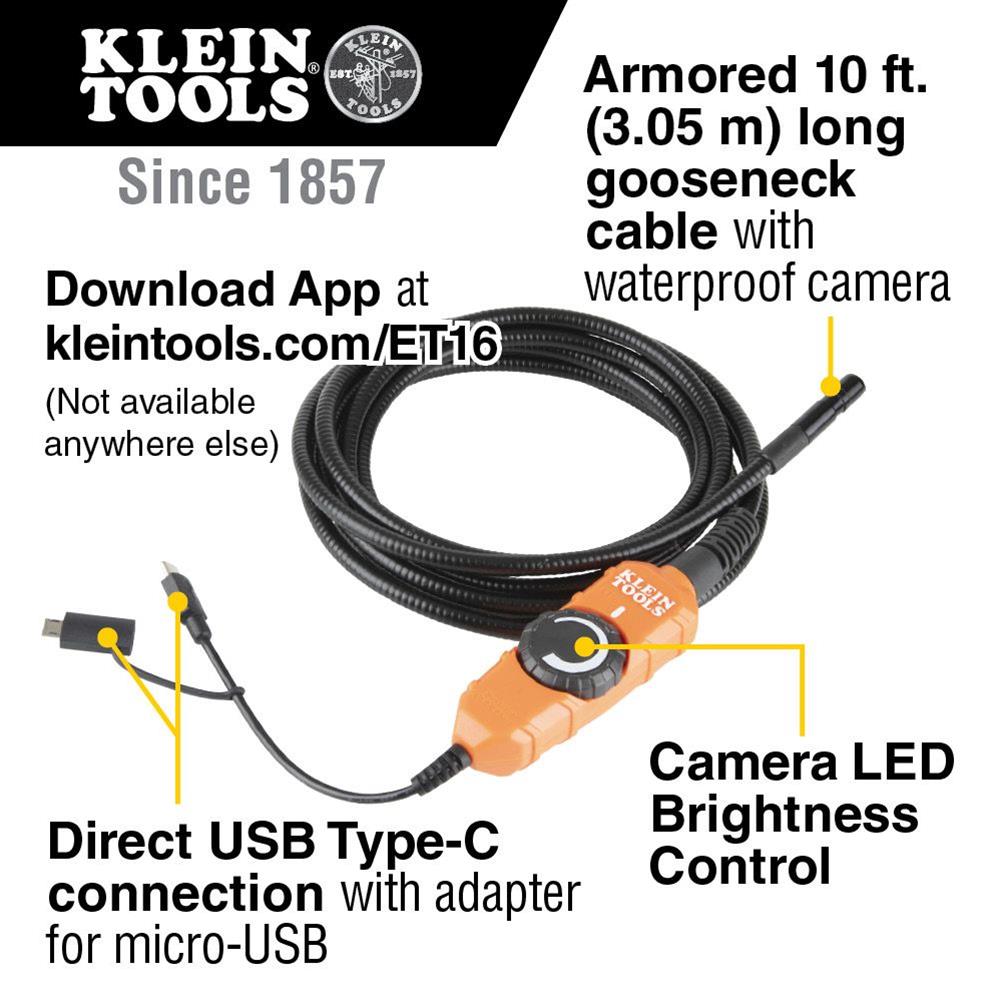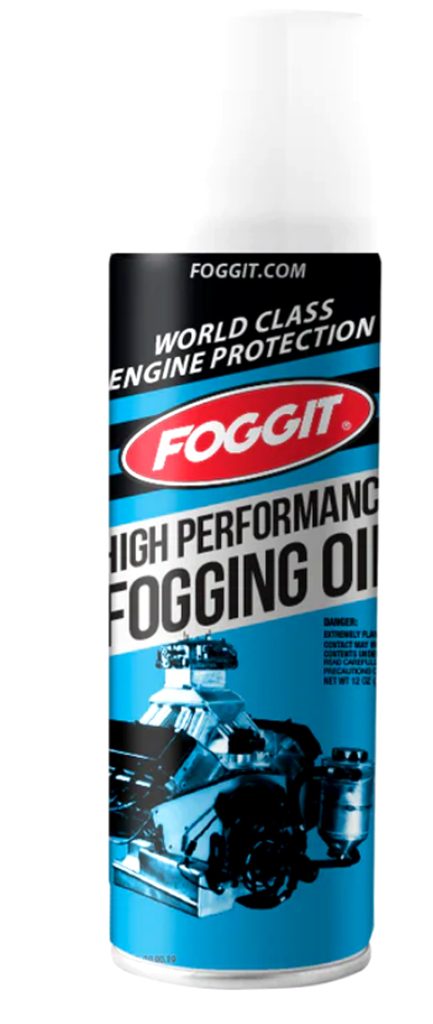I have a small block Ford 302 engine that I had built about six years ago. For reasons I won’t get into, this engine has been sitting on a stand in my garage in Ohio for about six years. I’m now finally in the position to put this engine in an early Ford pickup truck, but I’m concerned about whether I should have the engine taken apart and redone or if it would be safe to go ahead and install it in the truck and just crank it over and fire it up.
What would you do in this situation?
R.F.
Much will depend upon where you live and where the engine was stored. Since you live in a part of the country with high humidity, then there may be some difficulties to overcome but I don’t think you necessarily have to tear the engine down.
If this was my engine, the first thing I would do is remove the spark plugs and see if a friend might have a digital inspection camera where we could place the probe down into each cylinder and look for rust on the cylinders. If there is corrosion, this isn’t necessarily bad. Most likely it is surface rust that can be dealt with. Do this before you turn the engine over because the piston rings will merely scrape the rust off as you turn the engine.
Klein Tools makes an interesting borescope that’s very affordable and uses your Android phone as the video screen. They don’t offer a similar one for iPhones but if you or a friend have an Android phone, this is a great little inspection tool that could be very useful. There are many other similar devices that are self-contained but cost much more but could be used for a variety of applications far beyond just automotive diagnostics.
There’s a new product on the market called Foggit that is intended to treat just such an engine. Our friend Lake Speed Jr. tried this product on a NASCAR small block Ford engine that had been stored for 10-plus years. The cylinders had rust on them and he sprayed a can of this Foggit into each cylinder and then ran the engine on an engine dyno and compared the numbers to when the engine had been run right before it had been stored. He was surprised by how well the engine ran. A subsequent tear-down revealed some deeper corrosion pockets in the cylinder wall but the rest of it was in good shape. He thinks this Foggit spray helped lube the cylinders for the first few moments that the engine ran. You can find this product on the website Foggit.com. (You can also use any number of different spray lubricants like WD-40 that may work similarly.)
Of course, if the engine is locked up due to rust, then that’s a different story altogether. This will require a complete disassembly of the engine so the corrosion can be addressed. This may mean re-honing or possibly even boring the cylinders in order to restore the proper surface. But since your engine was indoors, this is unlikely.
If there is severe corrosion in the cylinder walls then this will also mean corrosion on other ferrous components in the engine like wrist pins, connecting rods, camshaft, lifters, and valvesprings. All of these items should be inspected with the digital camera by draining the oil and looking into the rotating assembly up through the drain hole in the pan. If there is no corrosion on the rotating assembly or lower portion of the block, that’s a good sign that you would be safe in continuing.
We’d recommend also removing the valve covers to inspect the rockers and valve springs. If there is corrosion on the springs, it means you will have to replace them. Corrosion creates surface pitting that will create stress cracks in the spring. This will not create a failure right away, but will lead to stress cracks and broken springs at a later time. This can lead to a much greater danger of dropping a valve that would mean catastrophic engine failure.
But, if the springs only show a very light surface corrosion that you can wipe off with your fingers, then you might be okay. Much will depend upon your inspection. If there is no rust then you can assume that the springs are okay. You will hear stories about how you can’t store an engine with the springs compressed because that will kill the springs. This is another urban myth. We’ve checked springs that have been stored for over 10 years in the open condition, which only had a minor affect on their spring pressure.
Assuming the engine is in good shape internally with no serious corrosion, the next step is to fill the engine with quality break-in oil like Summit Racing’s SAE 30. We’ll assume this is a flat tappet camshaft engine and it will need a good lubricant with plenty of ZDDP to ensure a healthy break-in period. Next, liberally lubricate the cylinder walls with this oil and rotate the engine several times. Now you should pressure lube the engine with a simple, long oil pump shaft spun by a 1/2 inch drive electric drill motor. Hook up an oil pressure gauge and make sure the engine pushes 50 to 60 psi of oil pressure.
Spin the drill motor until you have oil coming out of all or most of the pushrods with oil spilling out over the rockers and the valve springs. It would also be good to make sure there’s oil on all the springs. Now you can proceed to start the engine on a test stand or in the car. We like to pre-fill the carburetor with gas and ensure that the engine has at least 15 degrees of initial timing so that it will fire up on the second or third revolution of the engine from the starter motor. Bring the engine up immediately to 1,500 rpm to lubricate the cam and lifters. These components are splash-oiled from the spinning crankshaft which is why the higher rpm is necessary. The cam break-in will require at least 15 to 20 minutes of run time.
If you are really serious you can do a leakdown or at least a compression test of all the cylinders after break-in to make sure they are sealed properly. It might also be a good idea to retrieve a small sample of oil after about an hour of run time and have this used oil tested. Summit Racing carries a SpeeDiagnostix kit that will evaluate your used oil sample that can indicate if there are any dangerous telltale signs of potential engine damage. This is a great way to judge engine condition and might just spot the danger signs before something bad happens.
Unless there is serious corrosion inside the engine, you will probably be okay to change the oil and filter, pressure lube the engine, and then carefully restart the engine and perform the break-in procedure.
As long as there are no serious danger signs and the engine was built correctly (which we must assume), this engine will probably be fine and is ready to become a contributing member of automotive society.
Dormant Engine Reviving Parts List
- Klein Digital inspection camera – KLE-ET16
- SpeeDiagnostix used oil test – SDX-10001
- Summit Racing SAE 30 Break-In oil – SUM-1-SAE30




Hey Jeff, I’m trying to put together a 454 BB. I have a standard virgin block and I want to bore it. 30 over. I have a new set of pro Comp heads that have been ported with some bowl work done also. But I don’t have any paper work for them. I’m trying to get to 700 or above on the HP when finished. What Size Cam do I need to get? My pistons are new forged 11:1 with a small dome and my crank I want to mill to increase the stroke. Can you recommend what I need to reach my HP Range? ThankYou Sir, John Williams.